What would you do if you had a bunch of gigantic creatures galloping towards you? That’s what these Yellowstone visitors experienced when they were taken by surprise by a massive bison stampede.
The Stampede Unfolds

A recent video has captured a harrowing buffalo stampede crossing a bridge in Yellowstone National Park. Tourists found themselves unexpectedly in the path of the charging bison and are seen fleeing the scene. Luckily they narrowly escape the stampede, which easily could have been fatal.
Holding Up Traffic

By the looks of it, authorities were somewhat prepared for this stampede as you can spot something that looks like a police vehicle. Still, this massive stampede is holding up traffic as they cross the bridge, amongst which a school bus is being held up. But of course, we can expect nothing less – we are encroaching on their habitat here, and they will always have right of way.
Just How Big Can a Bison Get?
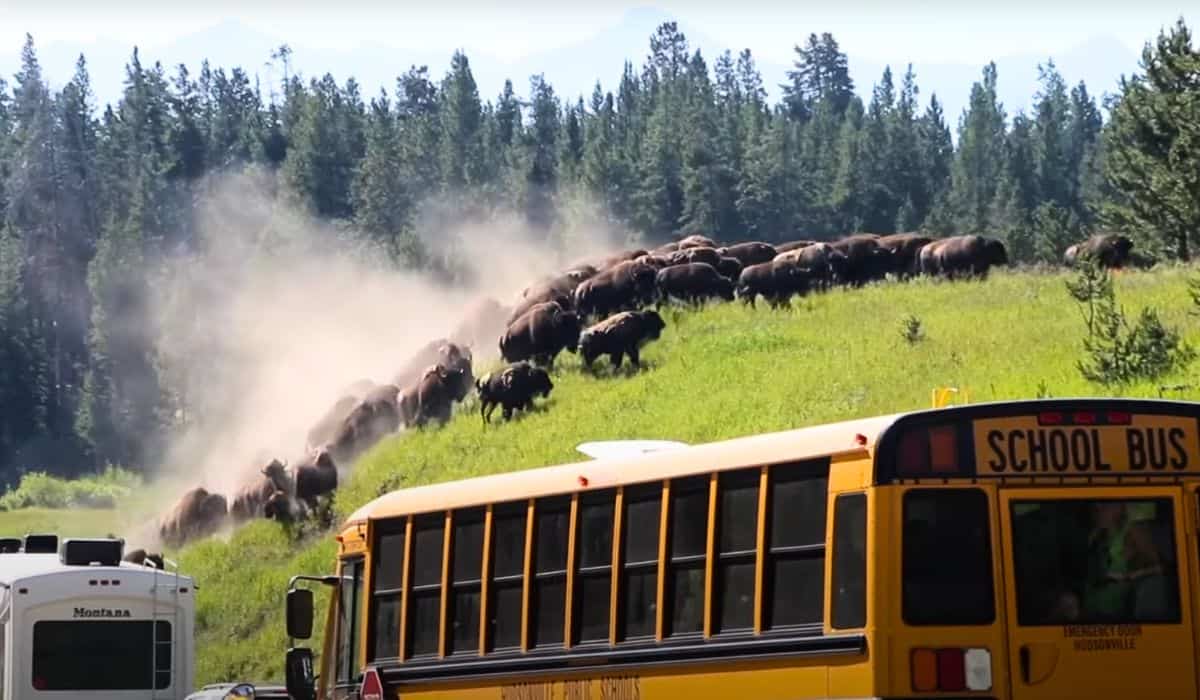
Adult male bison, also known as bulls, can weigh between 1,000 and 2,000 pounds, standing up to 6 feet tall. Females, or cows, are slightly smaller but still formidable in size.
How Fast Can Bison Run?

Despite their massive size, bison can reach speeds of up to 35 mph. This agility is surprising to many and is a critical factor in their ability to respond to threats or disturbances in their environment.
Yellowstone’s Huge Bison Population
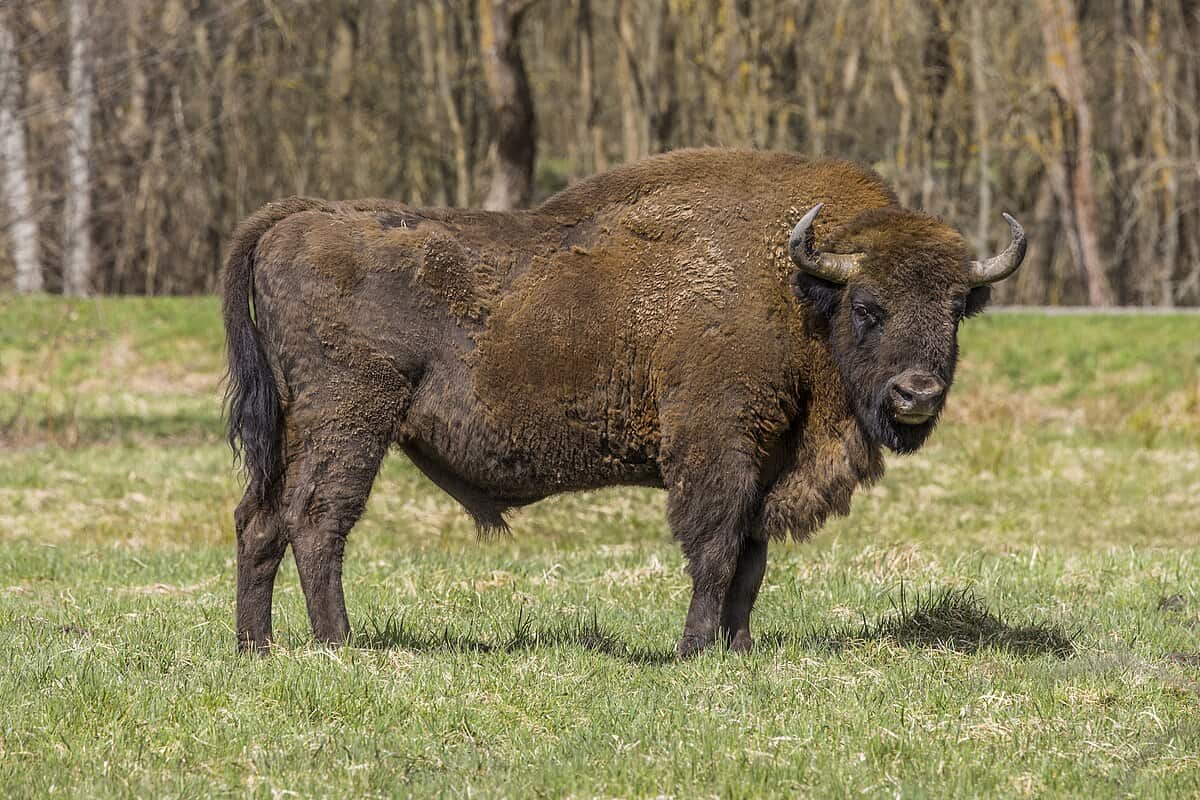
Yellowstone National Park is home to one of the largest bison herds in the United States. These animals play a critical role in the park’s ecosystem and are a major attraction for visitors.
How Dangerous Are Bison?
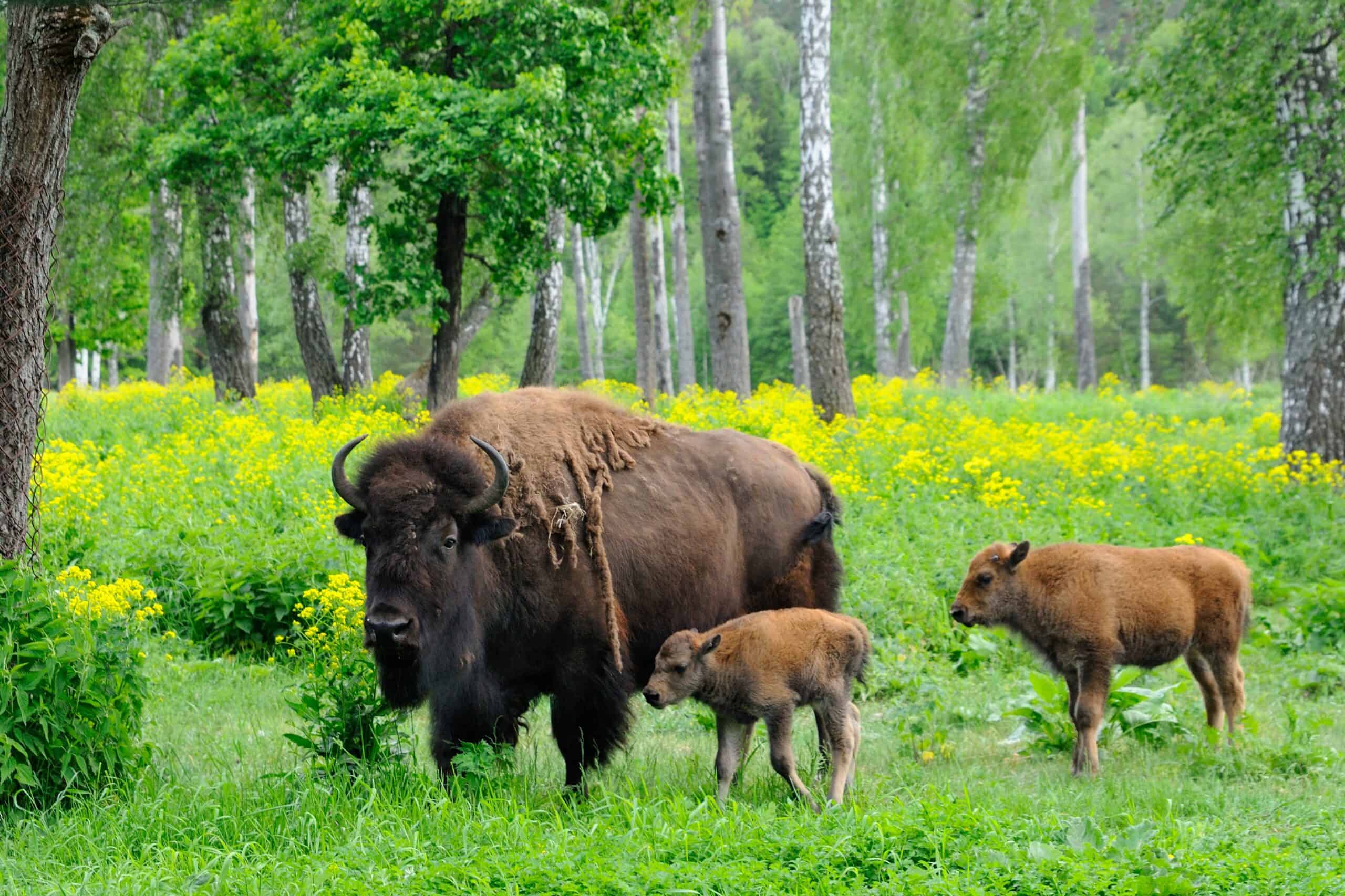
While generally peaceful if undisturbed, bison can become aggressive if they feel threatened. Tourists should remember that these animals are wild and powerful, capable of causing injury or death if provoked. This stampede undoubtedly highlights the importance of keeping a safe distance.
Yellowstone’s Icon
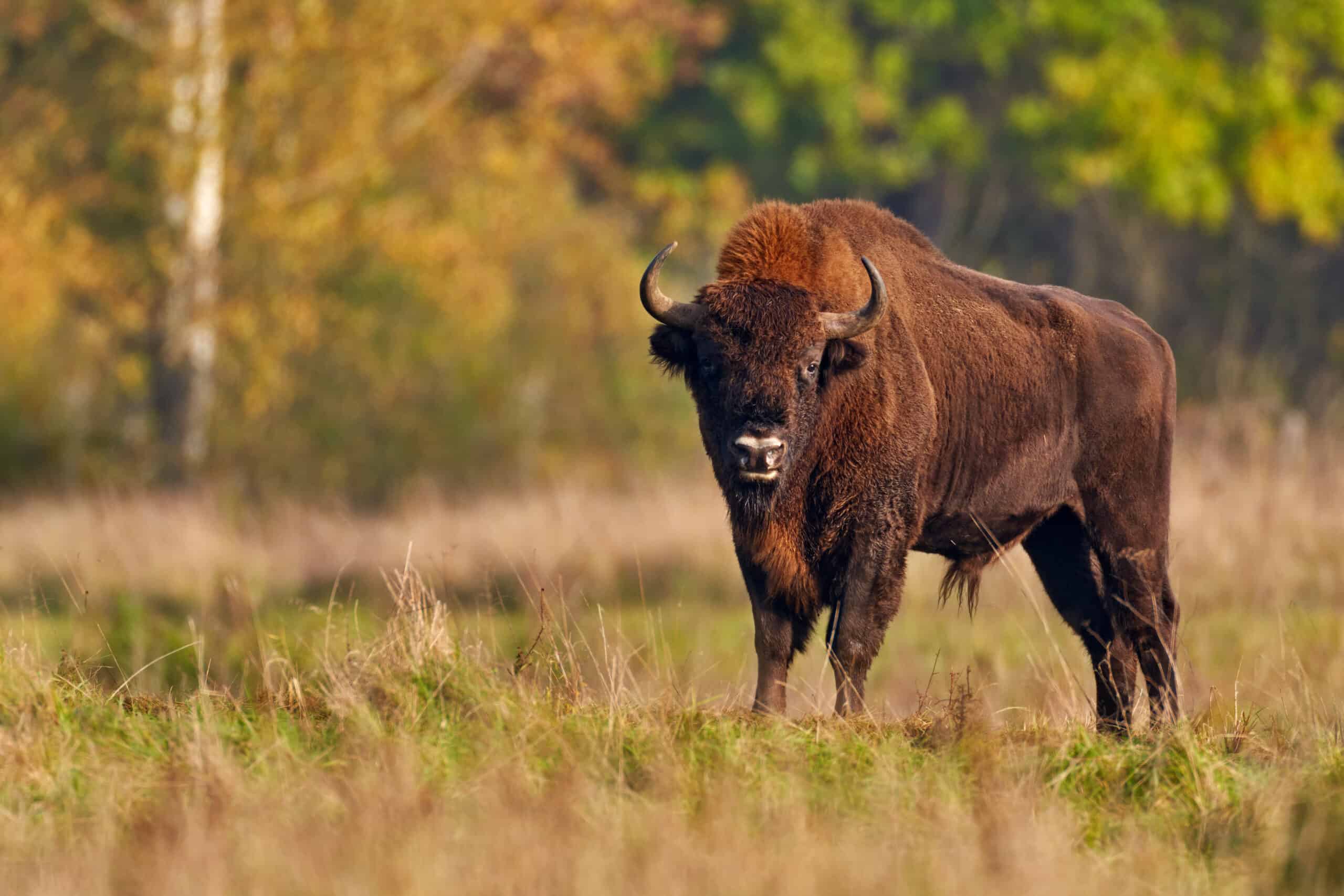
Yellowstone National Park is home to one of the largest bison herds in the United States. These animals play a critical role in the park’s ecosystem and are a major attraction for visitors.
Population Recovery
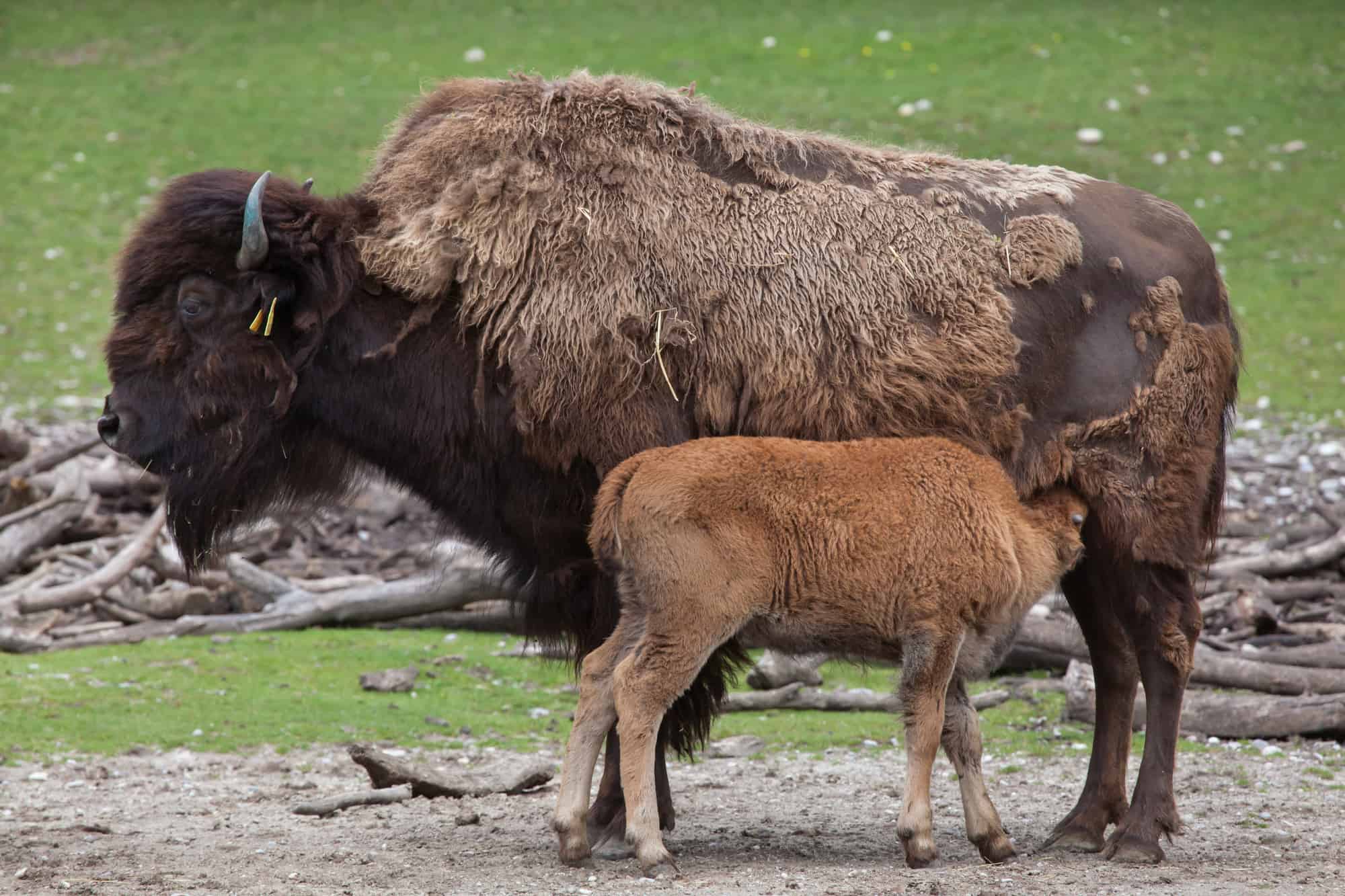
Once on the brink of extinction, the bison population in Yellowstone has rebounded thanks to decades of conservation efforts. Today, the park supports a healthy and stable population of over 4,800 bison.
Safety First: Rules of Engagement
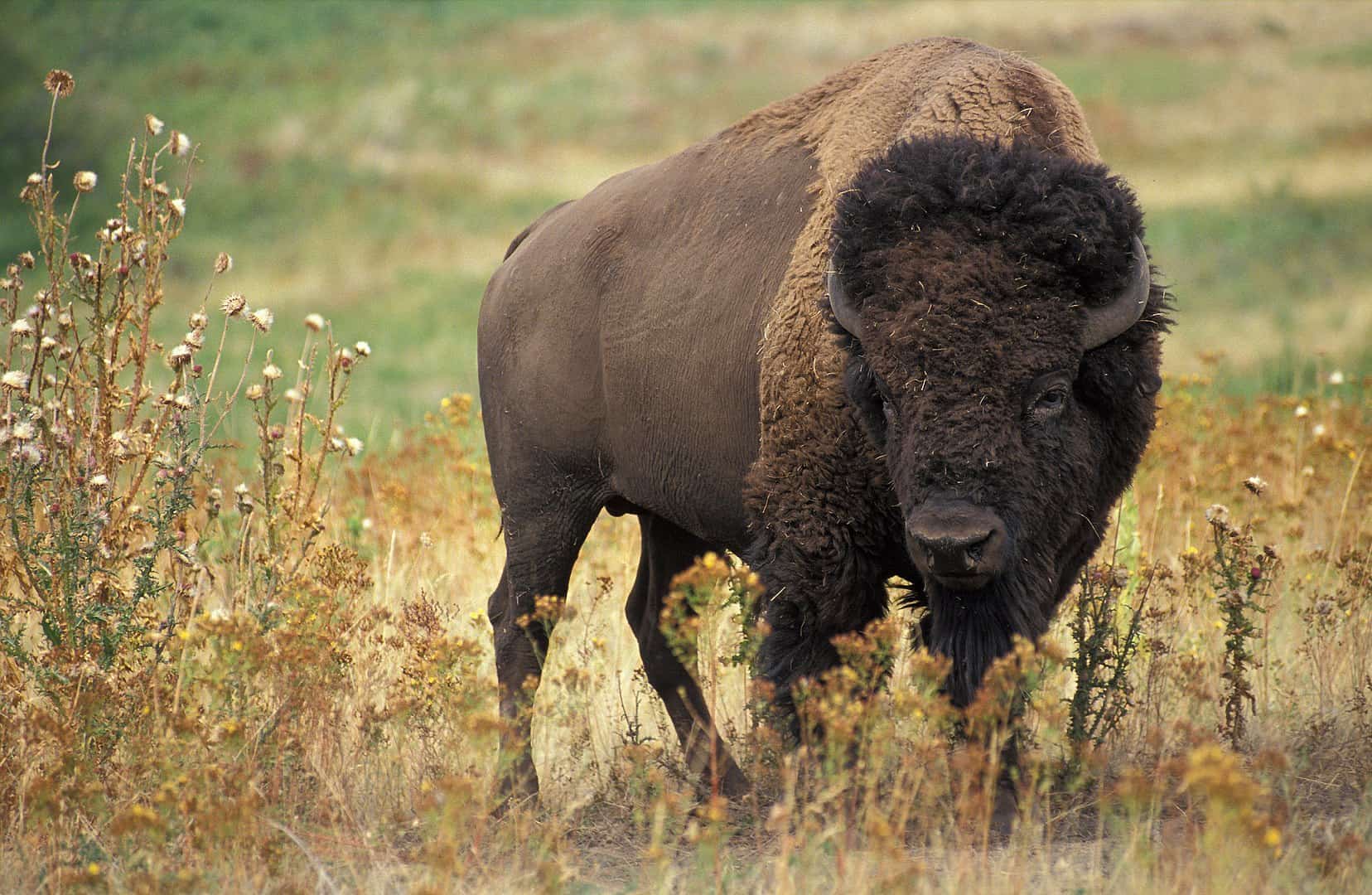
Yellowstone’s guidelines stipulate that visitors maintain a distance of at least 25 yards from bison. Encroaching on their space can provoke aggression, particularly during the mating season or when calves are present.
When Bison Feel Threatened

It’s crucial to understand that bison are not naturally aggressive but will defend themselves if threatened. Tourists should be aware of their body language and movements, as these can indicate whether a bison feels threatened.
Navigating Yellowstone Safely

To safely enjoy Yellowstone and its wildlife, visitors are advised to stay on designated paths and areas, keep a safe distance from animals, and always be aware of their surroundings.
The Role of Rangers

Park rangers are tasked with protecting both the wildlife and the visitors. They provide essential information and instructions on how to safely observe and appreciate the park’s natural inhabitants.
A Keystone Species

Bison are considered a keystone species in their ecosystems. They help maintain the health of grasslands by grazing, which aids in plant diversity and soil stability.
The Bison’s Historical Journey
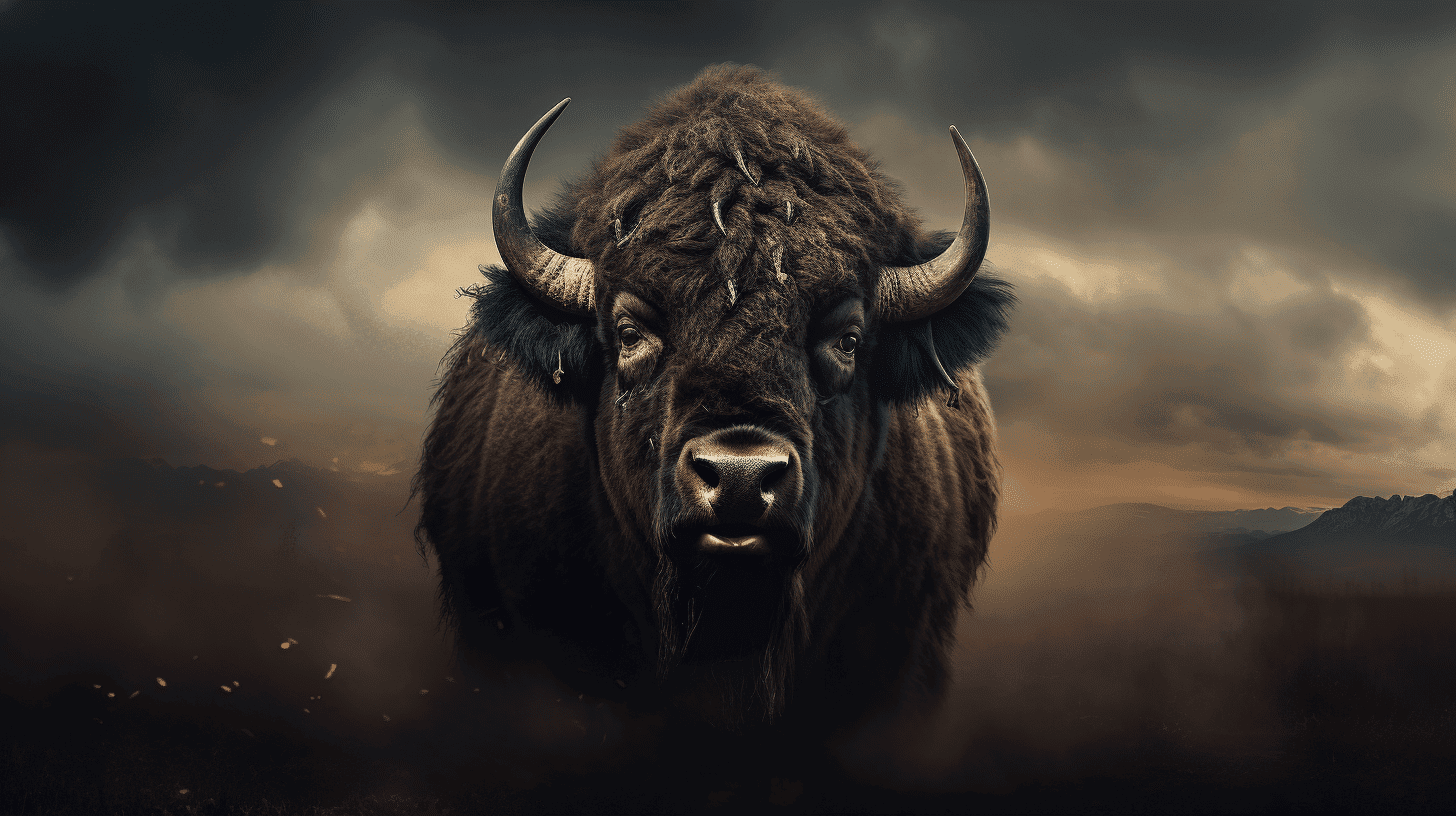
Historically, millions of bison roamed across North America. However, by the late 1800s, their numbers had dwindled due to extensive hunting and habitat loss.
Economic Impact

Beyond their ecological role, bison also contribute to the local economy through tourism. Visitors from around the world come to Yellowstone primarily to witness these majestic creatures in their natural habitat.
Bison and Native American Culture
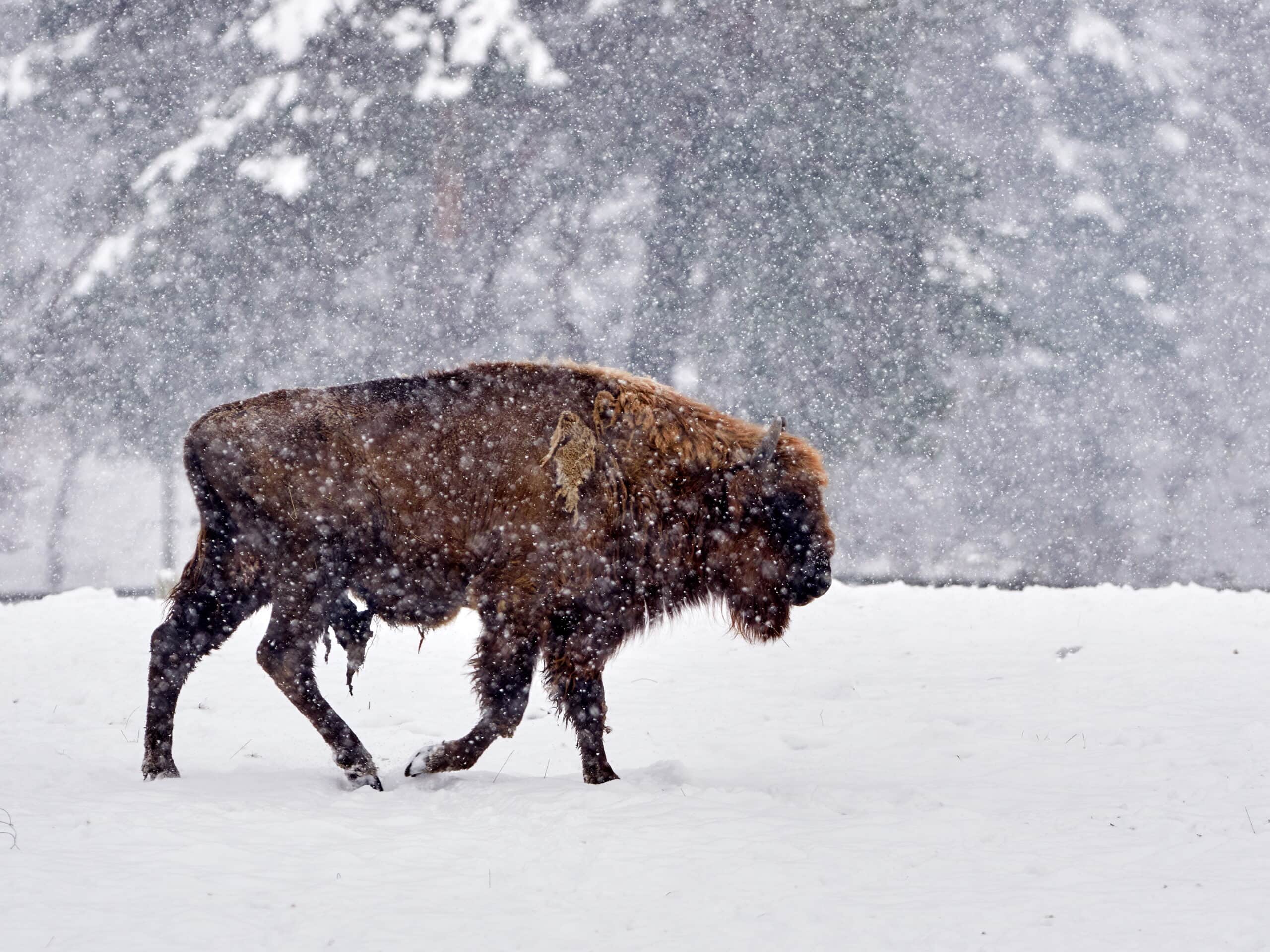
For centuries, bison have held significant cultural and spiritual importance to many Native American tribes. They were a central resource, providing food, clothing, and tools.
The Bison’s Diet

Primarily grazers, bison feed on grasses, herbs, shrubs, and twigs. Their grazing patterns are essential to the ecological balance of the areas they inhabit.
Reproduction and Lifespan

Bison typically live up to 20 years in the wild. Females give birth to one calf after a gestation period of about nine months, usually in the spring.
The Challenge of Management

Managing the bison population within Yellowstone involves balancing ecological, social, and economic factors. This includes controlling herd size to prevent overgrazing and disease spread.
Looking Ahead: Bison in the 21st Century

As we move forward, the challenge remains to ensure that bison continue to thrive in Yellowstone while minimizing conflicts with human activities. The goal is to maintain a sustainable coexistence that respects both the wildlife and the rights of visitors.
Bison Stampede in Yellowstone: Conclusion

The sight of this bison stampede in Yellowstone National Park is your reminder to freshen up on the safety rules and regulations before you take a trip in this stunning piece of nature. Bison are mighty and powerful and an amazing sight – but an amazing sight from afar.
Thank you for reading this article about the bison stampede in Yellowstone! For more bison stories, take a look here:
- Why You Should NEVER Approach Bison
- Rare White Bison Calf Born in Yellowstone National Park
- Bisons Charge Towards Bus in Yellowstone National Park
Join our Forum for free today!

- Colorado Elk Stuck Inside Tire for Years Becomes Free at Last - June 26, 2024
- Baby Alligators - June 26, 2024
- Chihuahua Police Dog Dies of Heartbreak on the Same Day as Its Partner In Crime - June 26, 2024

